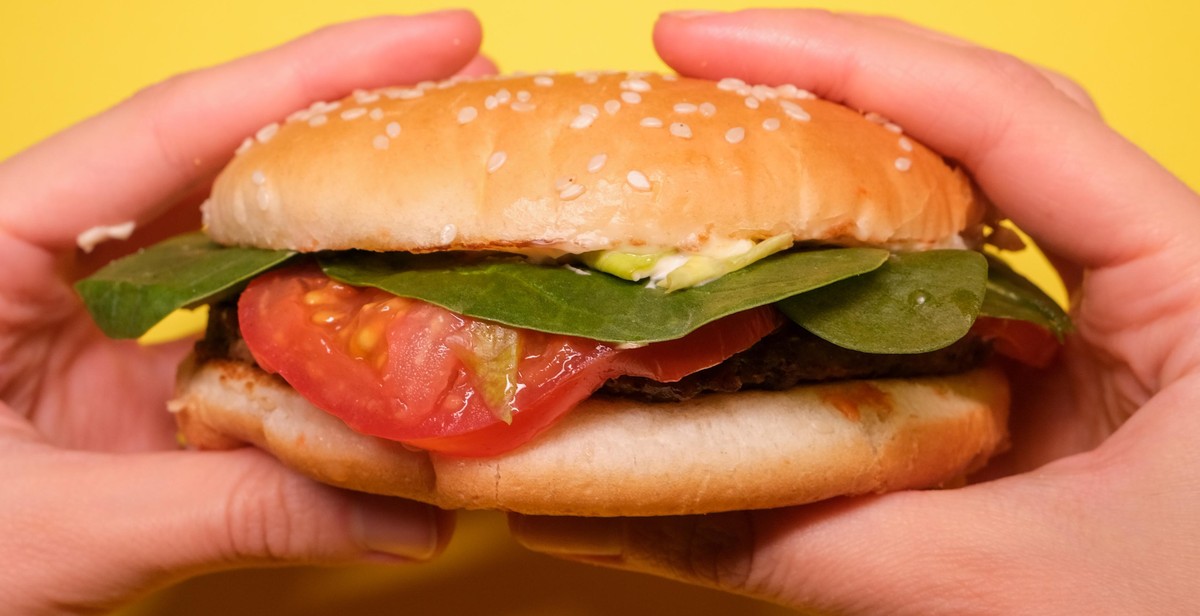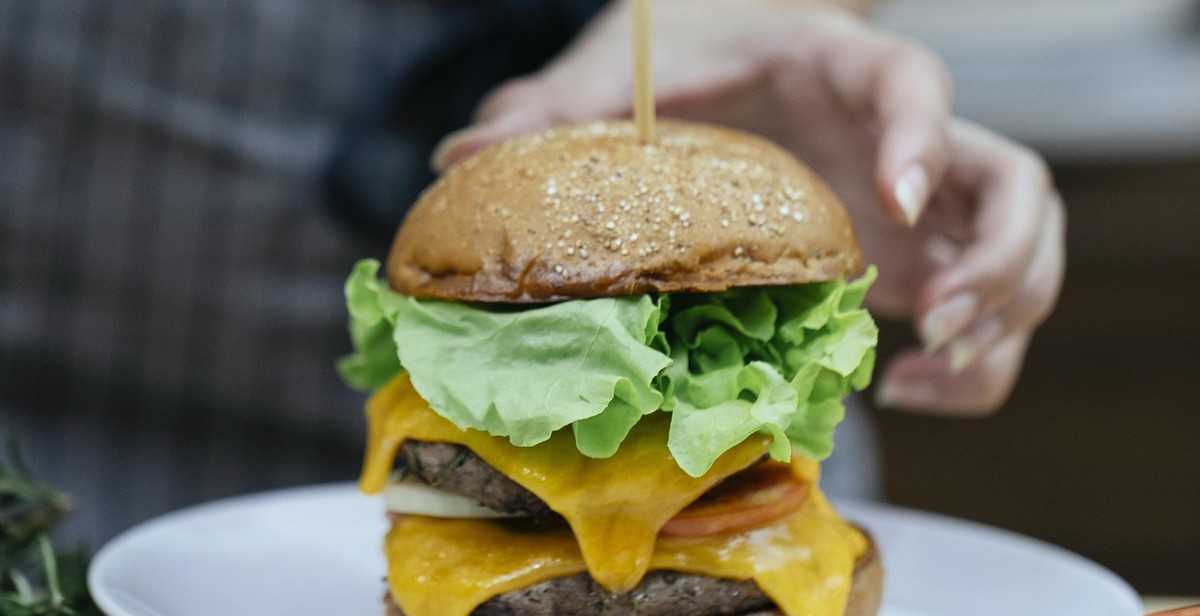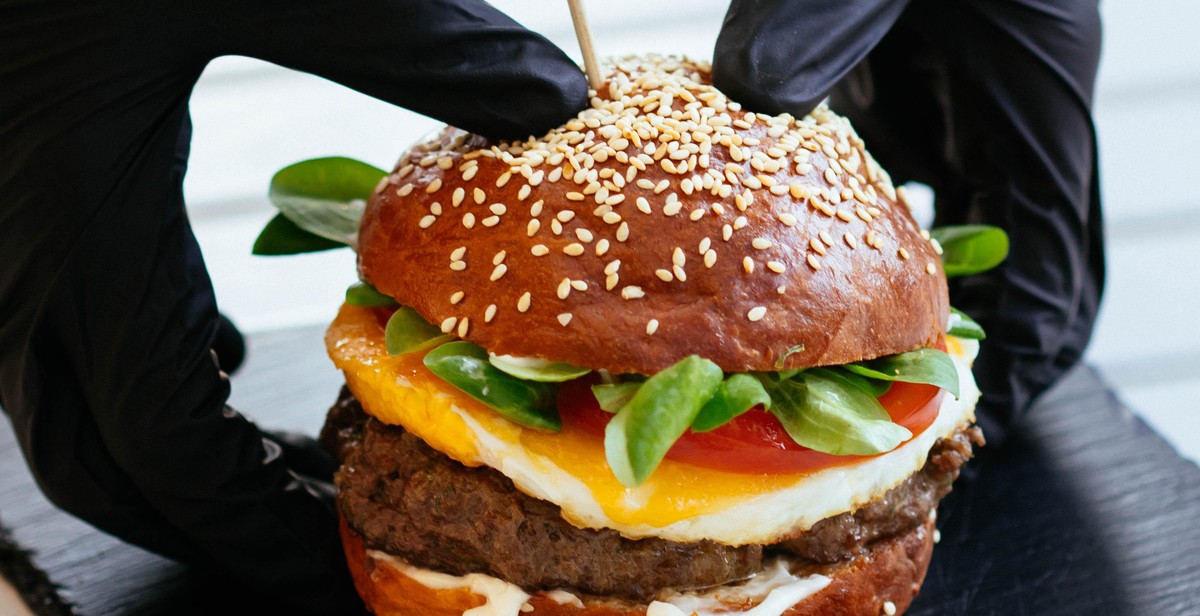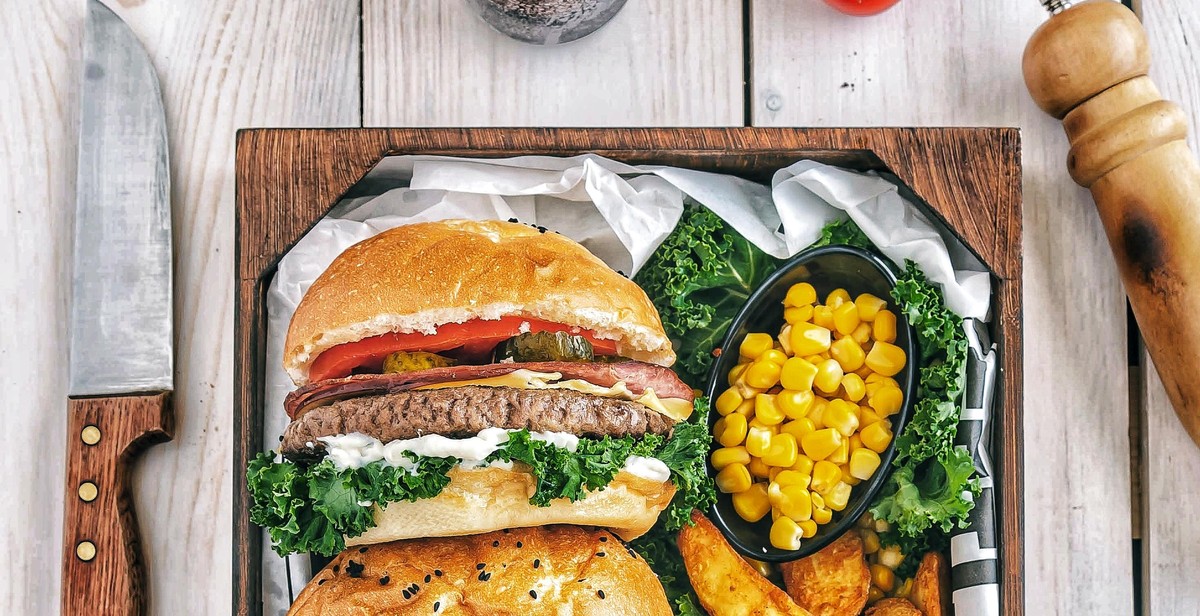How to Make Vegetable Burgers: Delicious and Nutritious Plant-based Patties
Burgers are a popular meal that many people enjoy. However, traditional burgers are often made with meat, which can be high in saturated fat and cholesterol. As more people become health-conscious and environmentally aware, vegetable burgers have become a popular alternative.
Why Make Vegetable Burgers?
Vegetable burgers are a delicious and nutritious option that can be enjoyed by everyone, regardless of dietary restrictions. They are made with plant-based ingredients, which means they are naturally low in saturated fat and cholesterol. Additionally, vegetable burgers are a great source of protein, fiber, and essential vitamins and minerals.
Another reason to make vegetable burgers is that they are a more sustainable option than traditional meat burgers. Livestock farming is a major contributor to greenhouse gas emissions and deforestation, while plant-based foods have a much lower environmental impact. By choosing vegetable burgers, you can reduce your carbon footprint and help protect the planet.
In this article, we will explore how to make delicious and nutritious vegetable burgers that are easy to prepare and packed with flavor. Whether you are a vegetarian, vegan, or simply looking for a healthier option, vegetable burgers are a great choice.

Choosing the Right Ingredients
When it comes to making vegetable burgers, choosing the right ingredients is key. Not only do you want to make sure your burgers are delicious, but you also want them to be nutritious. Here are some tips on selecting the best ingredients for your plant-based patties:
Base Ingredients
The base ingredients of your vegetable burger should be a combination of legumes and grains. Legumes such as lentils, chickpeas, and black beans are high in protein and fiber, while grains such as quinoa, brown rice, and oats provide a hearty texture. Mixing these two together creates a well-rounded burger that is both filling and satisfying.
Flavorful Vegetables and Spices
Adding flavorful vegetables and spices to your vegetable burger mix will elevate the taste and create a unique flavor profile. Vegetables like mushrooms, onions, and bell peppers add a savory taste, while spices like cumin, paprika, and chili powder add a kick of heat. Experiment with different combinations to find the perfect blend for your taste buds.
Binders and Fillers
Binders and fillers are essential ingredients that hold your vegetable burger together and add texture. Common binders include flax eggs, chia seeds, and bread crumbs, while fillers like grated carrots, zucchini, and sweet potatoes add moisture and flavor. Be sure to use the right amount of binder and filler to prevent your burger from falling apart.
| Base Ingredients | Flavorful Vegetables and Spices | Binders and Fillers |
|---|---|---|
| Legumes (lentils, chickpeas, black beans) | Mushrooms, onions, bell peppers | Flax eggs, chia seeds, bread crumbs |
| Grains (quinoa, brown rice, oats) | Cumin, paprika, chili powder | Grated carrots, zucchini, sweet potatoes |
By selecting the right ingredients for your vegetable burgers, you can create a delicious and nutritious meal that everyone will love. Experiment with different combinations to find the perfect balance of flavor and texture. In the next section, we will discuss how to prepare your ingredients and assemble your burgers.

Preparing the Ingredients
Before starting to make the vegetable burgers, it is important to prep the vegetables, cook the grains, and legumes.
Prepping Vegetables
The first step in making vegetable burgers is to prepare the vegetables. Wash and chop the vegetables into small pieces. The vegetables that work best for making vegetable burgers are carrots, zucchini, onions, bell peppers, mushrooms, and sweet potatoes. You can also add other vegetables of your choice.
- Carrots: Peel and grate the carrots.
- Zucchini: Cut off the ends and grate the zucchini.
- Onions: Peel and chop the onions.
- Bell Peppers: Remove the seeds and chop the bell peppers.
- Mushrooms: Clean and chop the mushrooms.
- Sweet Potatoes: Peel and grate the sweet potatoes.
Cooking Grains and Legumes
The next step is to cook the grains and legumes. Grains and legumes are the base of any vegetable burger. They add texture and flavor to the patties. The most commonly used grains and legumes for vegetable burgers are quinoa, brown rice, lentils, and chickpeas.
| Grains | Legumes |
|---|---|
| Quinoa: Rinse the quinoa and cook it in boiling water for 15 minutes. | Lentils: Rinse the lentils and cook them in boiling water for 20 minutes. |
| Brown Rice: Rinse the rice and cook it in boiling water for 45 minutes. | Chickpeas: Rinse the chickpeas and cook them in boiling water for 1 hour. |
Once the grains and legumes are cooked, let them cool down before mixing them with the vegetables to make the patties.

Mixing and Forming the Patties
Once you have gathered all the ingredients for your vegetable burger, it’s time to mix and form them into patties. Here’s how:
Mixing the Ingredients
Start by mashing the beans in a large mixing bowl using a fork or a potato masher. You can also use a food processor, but make sure not to over-process the beans as the mixture should still have some texture.
Add the grated vegetables, cooked grains, and other ingredients such as spices and herbs to the bowl with the mashed beans. Use a spoon or your hands to mix everything together until well combined. The mixture should be moist enough to hold together but not too wet or sticky.
At this point, you can taste the mixture and adjust the seasonings or add more breadcrumbs or flour if needed to bind the ingredients together.
Forming the Patties
Divide the mixture into equal portions and shape each portion into a patty using your hands. Make sure the patties are not too thick or too thin, and that they are uniform in size to ensure even cooking.
If you’re making the patties ahead of time, you can store them in the fridge for up to 24 hours or freeze them for later use. To prevent the patties from sticking together, separate them with parchment paper or plastic wrap.
When you’re ready to cook the patties, heat a non-stick skillet or grill over medium-high heat and add a drizzle of oil. Cook the patties for 3-4 minutes on each side or until golden brown and crispy on the outside and heated through on the inside.
Alternatively, you can bake the patties in the oven on a lined baking sheet at 375°F for 15-20 minutes or until cooked through.
Now that you know how to mix and form the perfect vegetable burger patties, it’s time to get creative with your toppings and enjoy a delicious and nutritious plant-based meal!

Cooking the Patties
Now that you have your vegetable burger patties ready, it’s time to cook them. There are three main ways to cook your patties: pan-frying, baking, and grilling. Each method has its own advantages and disadvantages, so choose the one that works best for you based on your preferences and available equipment.
Pan-frying
Pan-frying is a quick and easy way to cook your vegetable burgers. It’s perfect if you’re short on time or don’t have access to a grill or oven. To pan-fry your patties, follow these steps:
- Heat a non-stick pan over medium-high heat.
- Add a small amount of oil or cooking spray to the pan.
- Carefully place your patties in the pan and cook for 3-4 minutes on each side or until golden brown.
- Remove from the pan and serve immediately.
One advantage of pan-frying is that it allows you to easily control the temperature and cooking time of your patties. However, it can also result in patties that are too dry or greasy if not cooked properly.
Baking
Baking your vegetable burgers is a healthier alternative to pan-frying. It’s also great if you’re cooking for a large group of people and need to cook multiple patties at once. To bake your patties, follow these steps:
- Preheat your oven to 375°F.
- Place your patties on a baking sheet lined with parchment paper.
- Bake for 15-20 minutes or until the patties are cooked through and slightly crispy on the outside.
- Remove from the oven and serve immediately.
Baking allows you to cook your patties evenly without the need for flipping them. However, it can result in patties that are not as crispy as those cooked on a grill or pan-fried.
Grilling
Grilling your vegetable burgers is a great way to add a smoky flavor to your patties. It’s perfect for outdoor gatherings or when you want to enjoy a nice day outside. To grill your patties, follow these steps:
- Preheat your grill to medium-high heat.
- Brush your patties with a small amount of oil to prevent sticking.
- Place your patties on the grill and cook for 3-4 minutes on each side or until char marks appear.
- Remove from the grill and serve immediately.
Grilling adds a unique flavor to your patties that cannot be achieved with other cooking methods. However, it requires access to a grill and can be more time-consuming than pan-frying or baking.

Serving and Enjoying
Now that you’ve made your delicious and nutritious vegetable burgers, it’s time to serve and enjoy them! Here are some ideas for burger toppings, sides, and accompaniments that will complement your plant-based patties perfectly.
Burger Toppings
There are so many delicious toppings that you can add to your vegetable burgers, from classic lettuce and tomato to more adventurous options. Here are some ideas:
- Avocado
- Caramelized onions
- Grilled mushrooms
- Pickles
- Jalapeños
- Sautéed peppers
- Vegan cheese
Sides
No burger is complete without some tasty sides. Here are some ideas for sides that will complement your vegetable burgers perfectly:
- Sweet potato fries
- Coleslaw
- Baked beans
- Grilled corn on the cob
- Green salad
- Roasted vegetables
Accompaniments
Want to take your vegetable burger meal to the next level? Here are some ideas for accompaniments that will make your meal extra special:
- Homemade ketchup or aioli
- Guacamole
- Salsa
- Hot sauce
- Mustard
With these toppings, sides, and accompaniments, you can create a delicious and satisfying meal that is both plant-based and nutritious. Enjoy!
